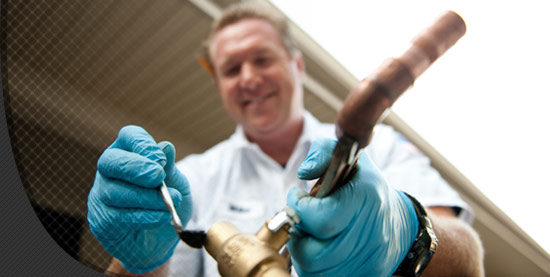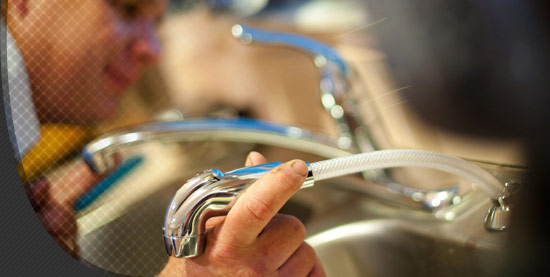If left undisturbed, roots from shrubs and trees will completely fill a pipe with multiple hair-like root masses at each point of entry. These root masses quickly become clogged with toilet tissue, grease and other debris flowing from your home to the main sewer, resulting in reduced flow, slow running drains and in most cases a complete blockage.
Once roots have entered the pipe, they continue to grow and expand, exerting considerable pressure at the crack or joint. This increased pressure often breaks the pipe and may result in total collapse, which requires repair or replacement.
Some pipe materials are more susceptible to root intrusion than others. Clay tile pipe is easily penetrated and damaged by tree roots. Concrete pipe and PVC pipe may also allow root intrusion, but to a lesser extent than clay pipe. PVC pipe usually has fewer joints and the tightly fitted joints are less likely to leak as a result of settlement around the pipe.
Allow Benjamin Franklin Plumbing to use state-of-the-art inline drain cameras to view and record your drain problems with roots.
Back to Top





